Dash cam Traffic Scene Sematic Segmentation Dataset
Home » Case Study » Dash cam Traffic Scene Sematic Segmentation Dataset
Project Overview:
Objective
To build a comprehensive dataset from dash cam recordings aimed at semantic segmentation tasks within traffic scenes, we need to focus on several key elements. This dataset is meant to support advancements in autonomous driving systems, traffic monitoring, and advanced driver-assistance systems (ADAS).
Scope
To gather a comprehensive collection of dash cam recordings, it is essential to capture a wide range of traffic conditions, weather patterns, and locations. This approach will ensure a diverse representation of road scenarios. Furthermore, by segmenting the images into various traffic entities such as vehicles, pedestrians, and road signs, you can create a more detailed dataset.
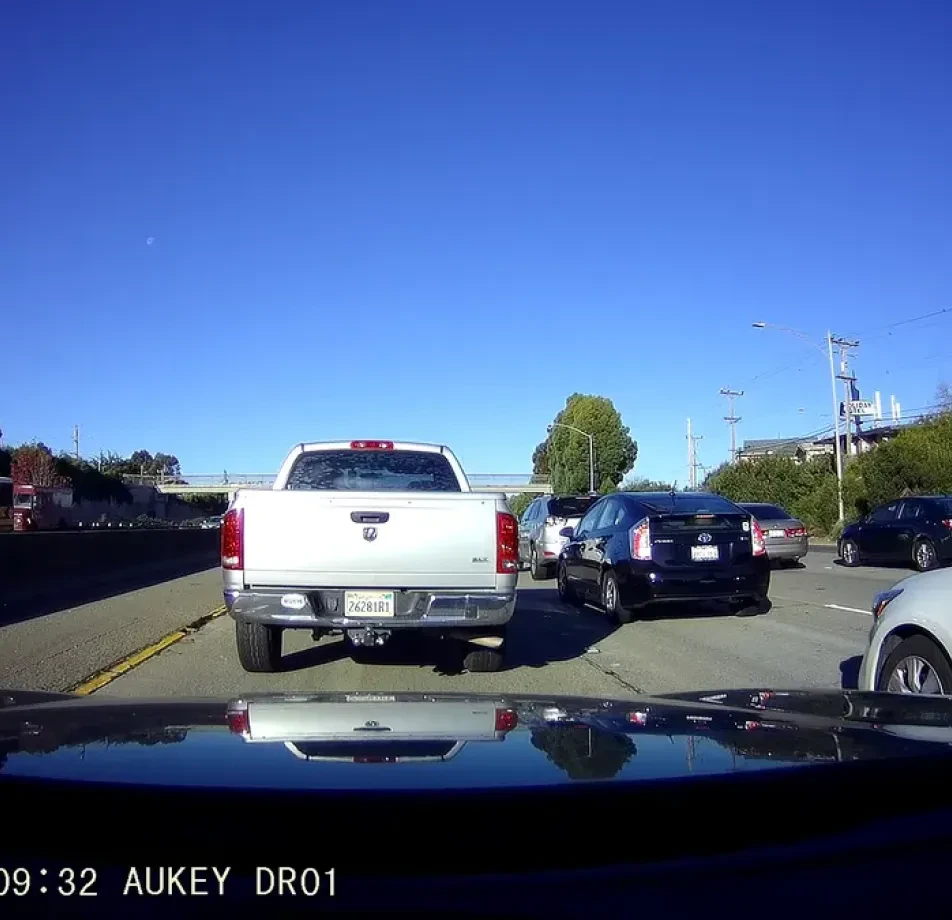

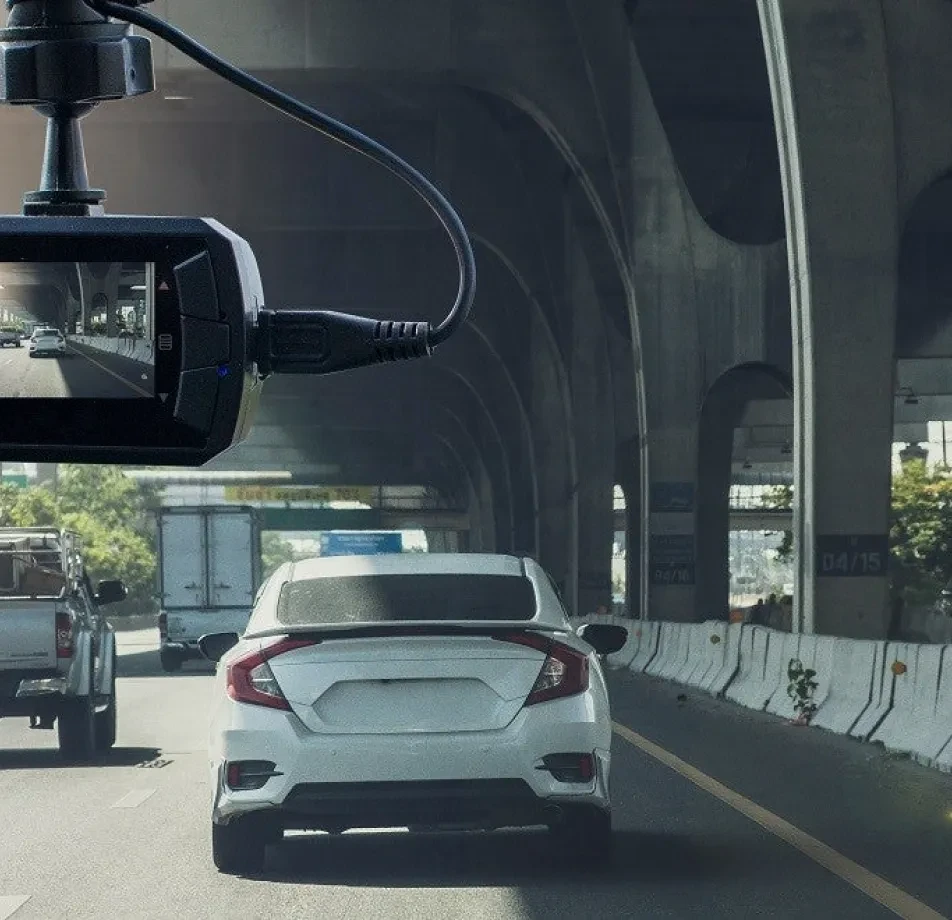
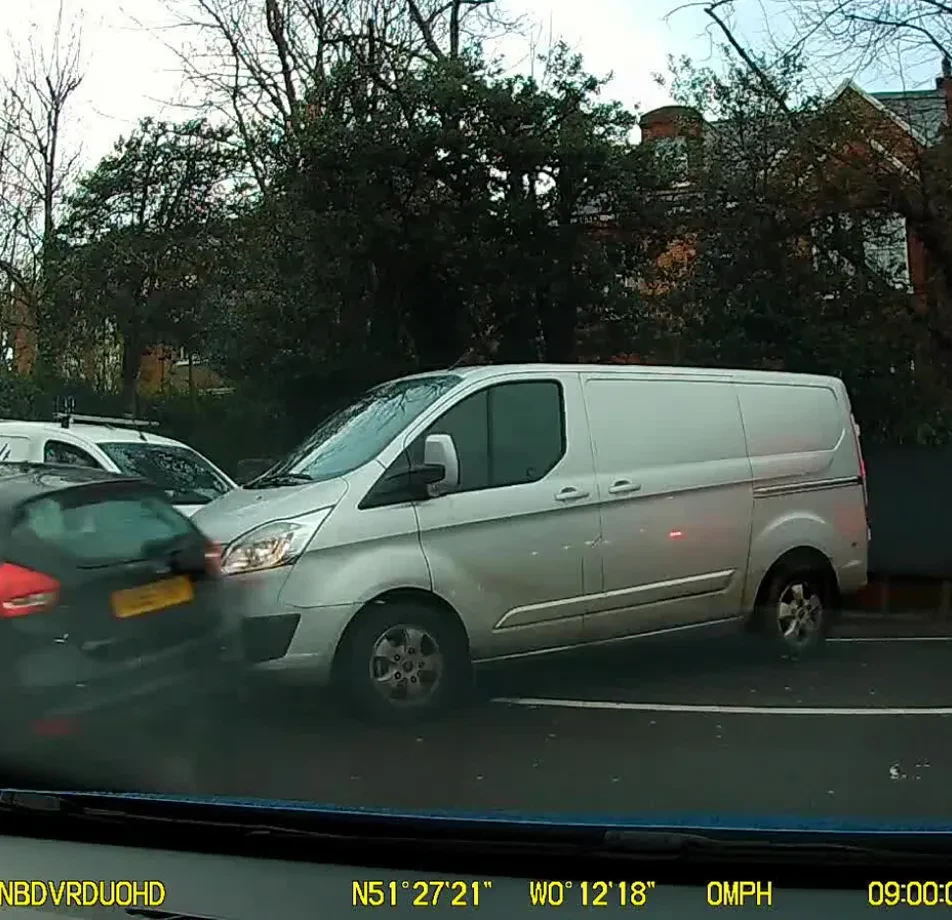
Sources
- Established partnerships with dash cam manufacturers and users for access to raw video data, resulting in a meticulously collected and successfully curated assortment of footage.
- Utilized crowdsourcing from global drivers to ensure a varied collection of urban and rural scenarios, contributing to a thoughtfully collected and well-curated dataset.
- Collaborated with ride-hailing services for an expansive and diverse dataset that has been successfully collected and thoughtfully organized.
- Conducted specialized recording sessions in challenging weather conditions and unique traffic situations, resulting in a carefully collected and professionally curated set of recordings.


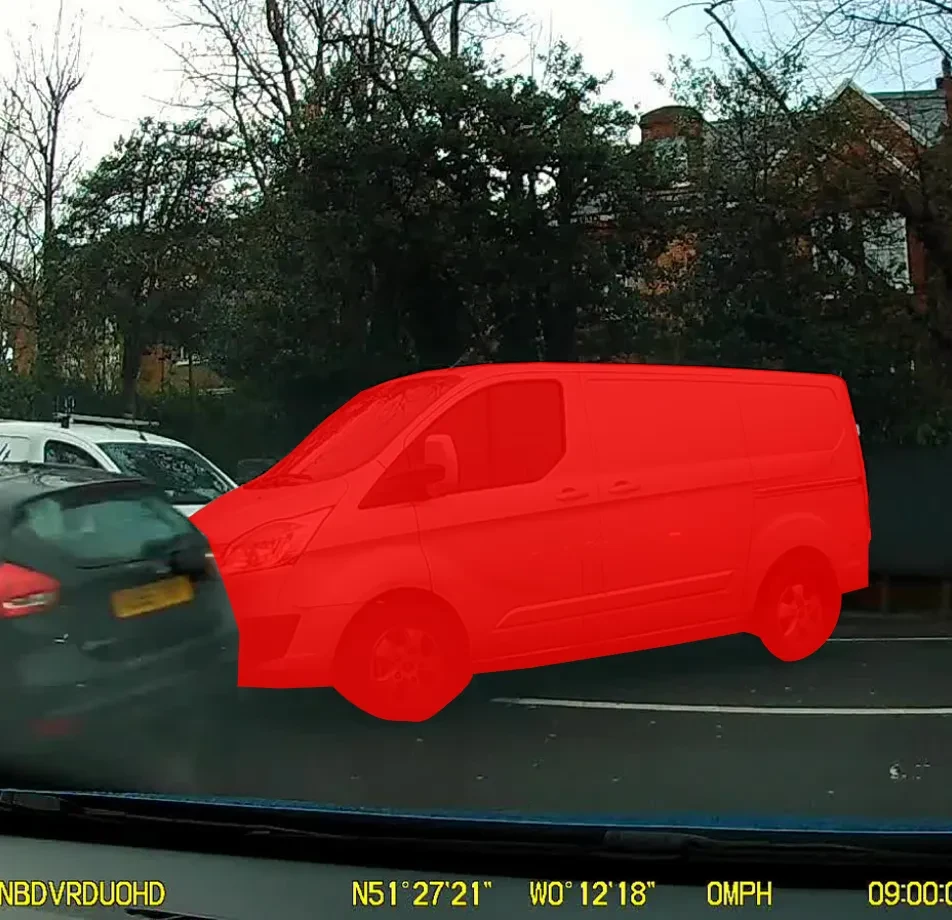
Data Collection Metrics
- Total Images: 60,000
- Urban Scenes: 35,000
- Rural Scenes: 15,000
- Highway/Expressway: 10,000
Annotation Process
Stages
- Image Pre-processing: First, we adjust all images to a uniform resolution and fix any lighting issues. This step ensures consistency across the dataset.
- Segmentation Annotation: Then, our expert annotators carefully segment each traffic element, creating accurate masks for each one. Moreover, this meticulous process helps in maintaining high-quality data.
- Validation: Finally, a dedicated team checks the segmentation work to ensure precise and clear boundaries. This validation step is crucial for maintaining the integrity of the dataset.
Annotation Metrics
- Total Segmentation Masks: 600,000 (Considering multiple entities per image)
- Average Annotation Time per Image: 25 minutes (Owing to the complexity of traffic scenes)
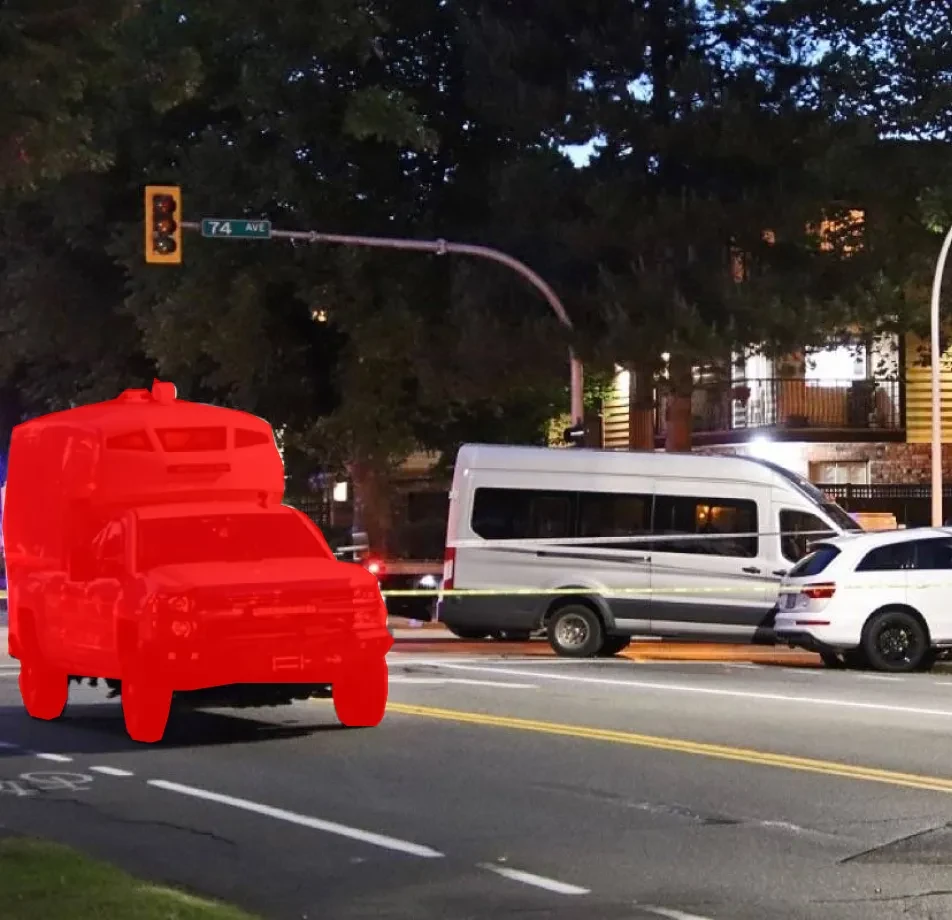
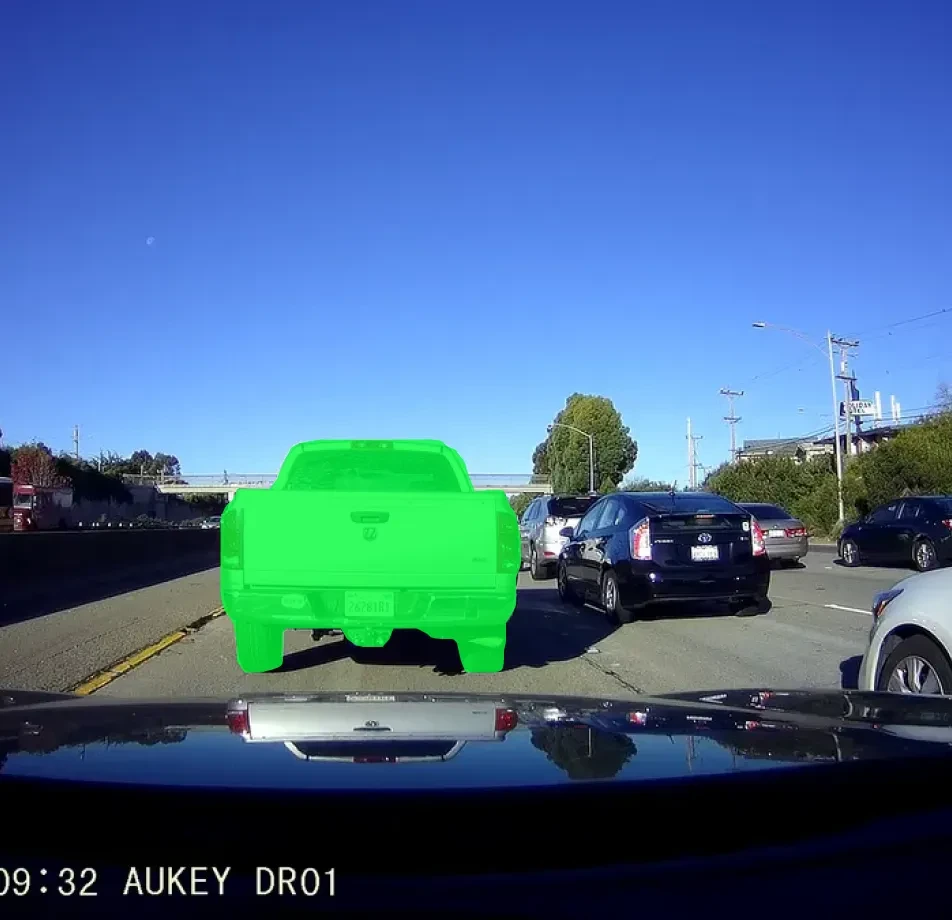
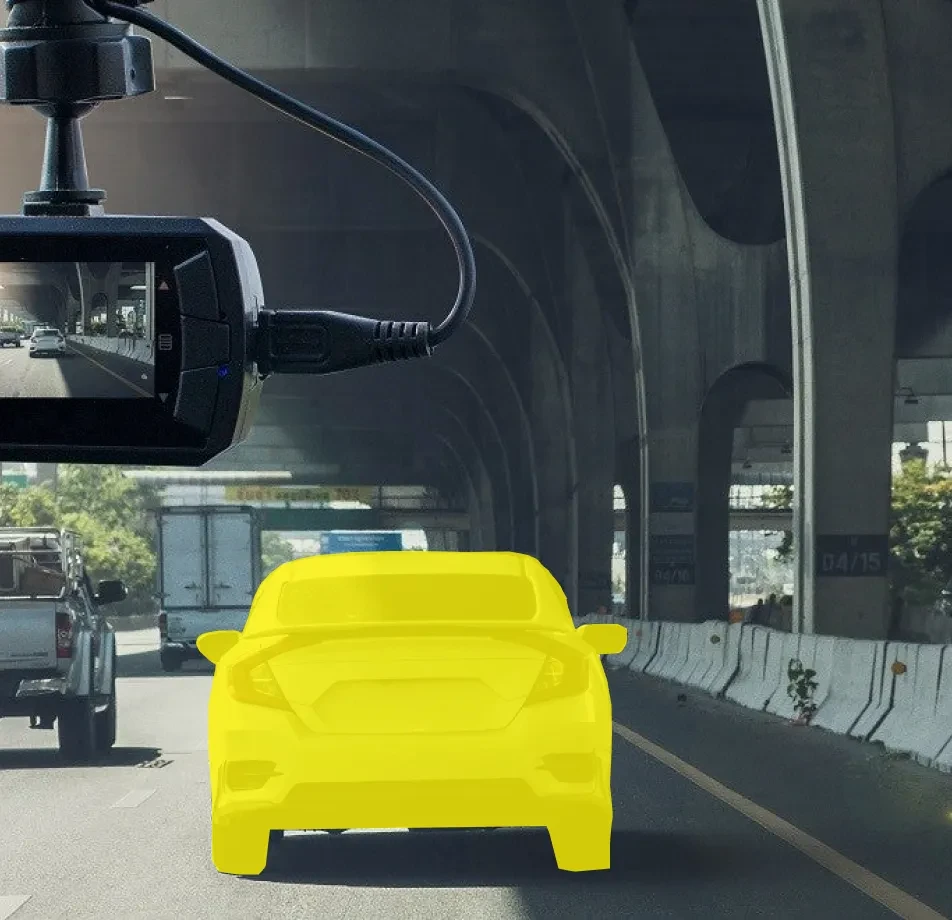

Quality Assurance
Stages
- Automated Checks: We use advanced segmentation models to compare their outputs with human annotations. This comparison helps us identify potential mismatches, which we can address promptly. Furthermore, it ensures our automated checks are reliable and accurate.
- Peer Review Workflow: Each annotated image is reviewed by a second expert. This additional review helps catch and correct any mistakes. As a result, we maintain the high quality and reliability of our annotations.
- Inter-Annotator Agreement: For complex images with ambiguous elements, multiple annotators review the images together to reach a consensus. This collaborative approach ensures a higher level of accuracy in the final segmentation.
QA Metrics
- Segmentations Cross-referenced using Algorithms: 30,000 (50% of total images)
- Peer-reviewed Segmentations: 18,000 (30% of total images)
- Inconsistencies Identified and Rectified: 900 (1.5% of total images)
Conclusion
The Dash Cam Traffic Scene Semantic Segmentation Dataset is an essential resource designed to shape the future of road safety and advance autonomous driving technologies. By providing a detailed understanding of different traffic conditions through precise segmentations, it can become an invaluable tool for researchers and developers in the transportation field.

Quality Data Creation

Guaranteed TAT

ISO 9001:2015, ISO/IEC 27001:2013 Certified

HIPAA Compliance

GDPR Compliance

Compliance and Security
Let's Discuss your Data collection Requirement With Us
To get a detailed estimation of requirements please reach us.
